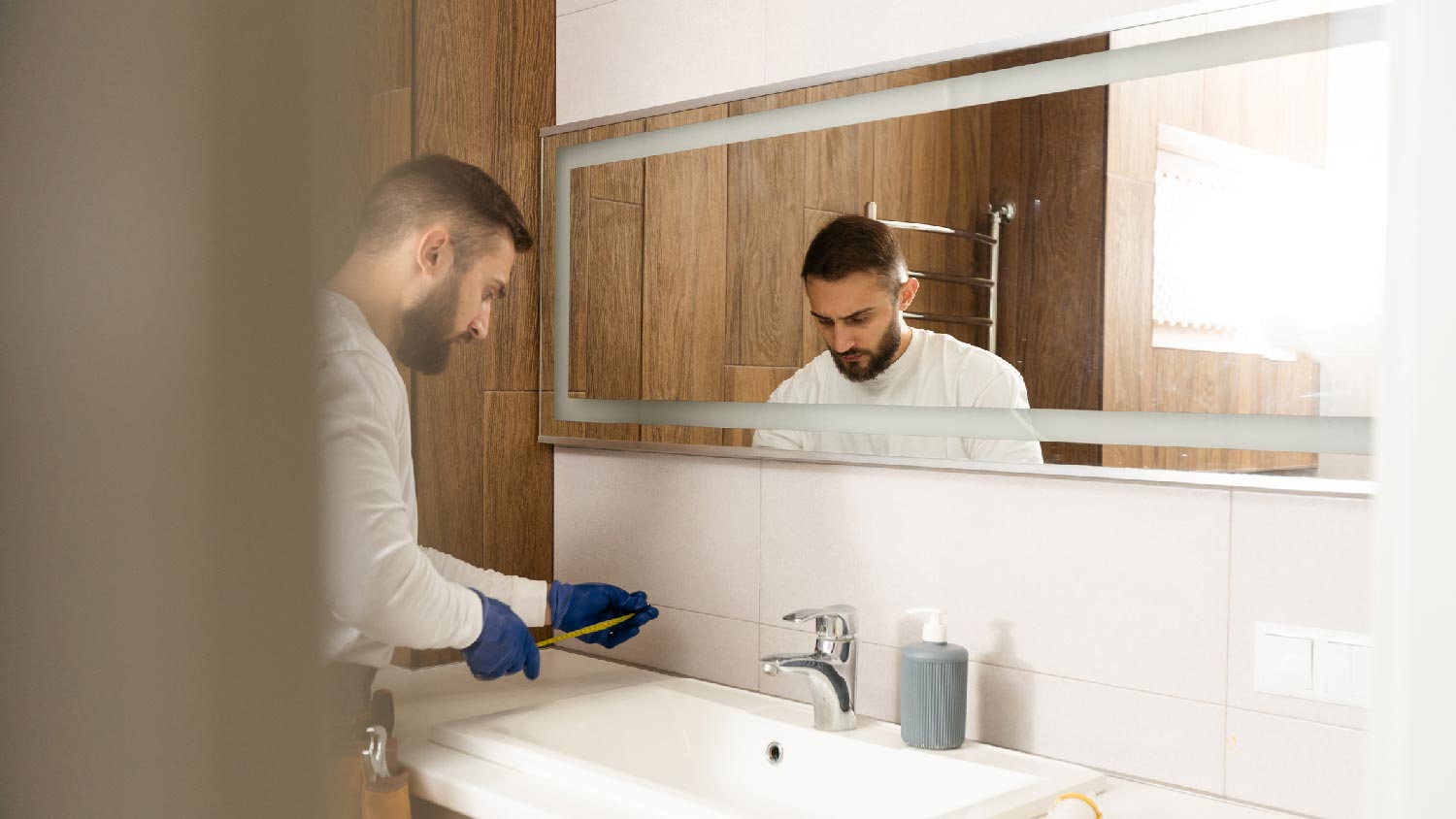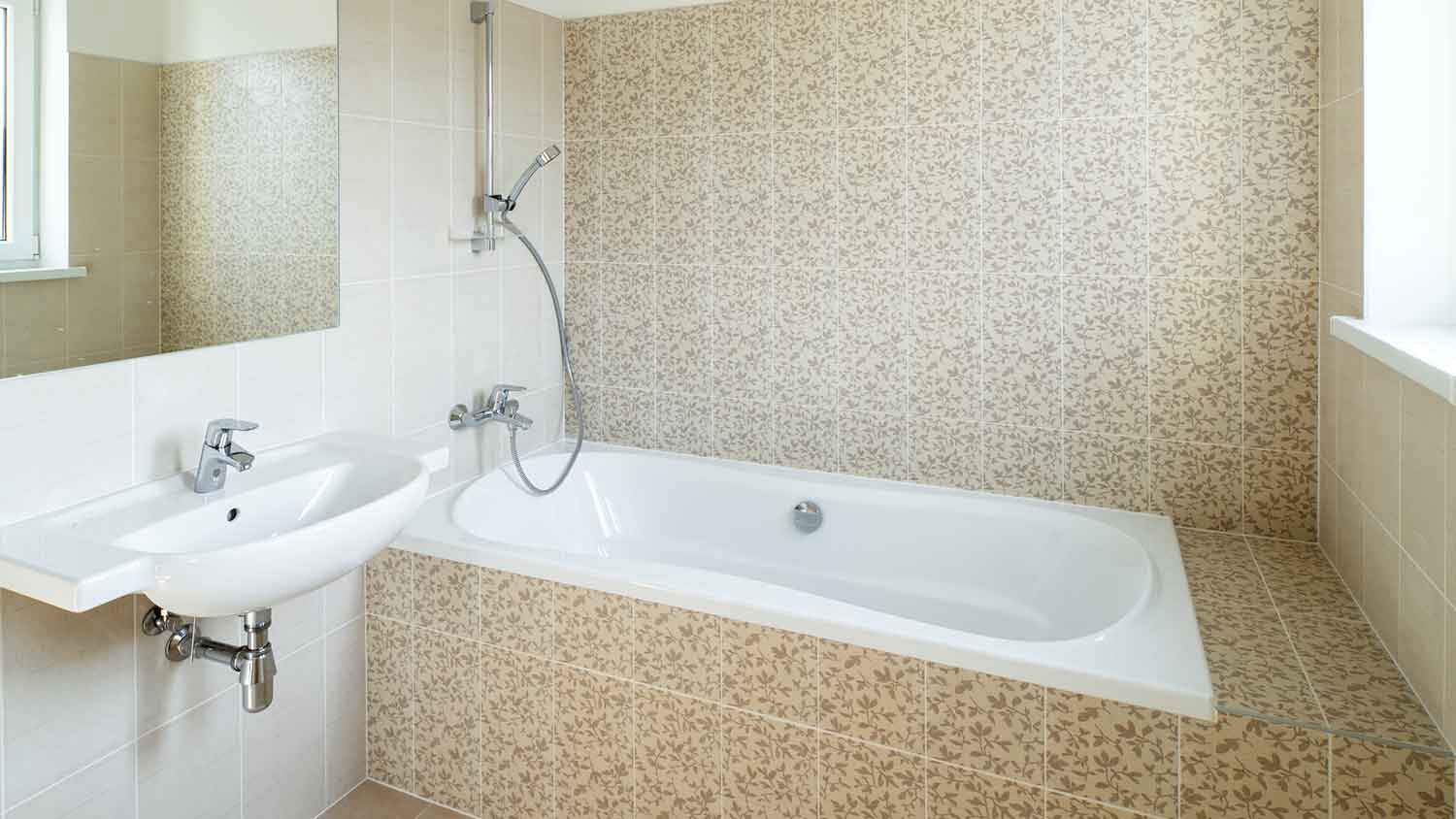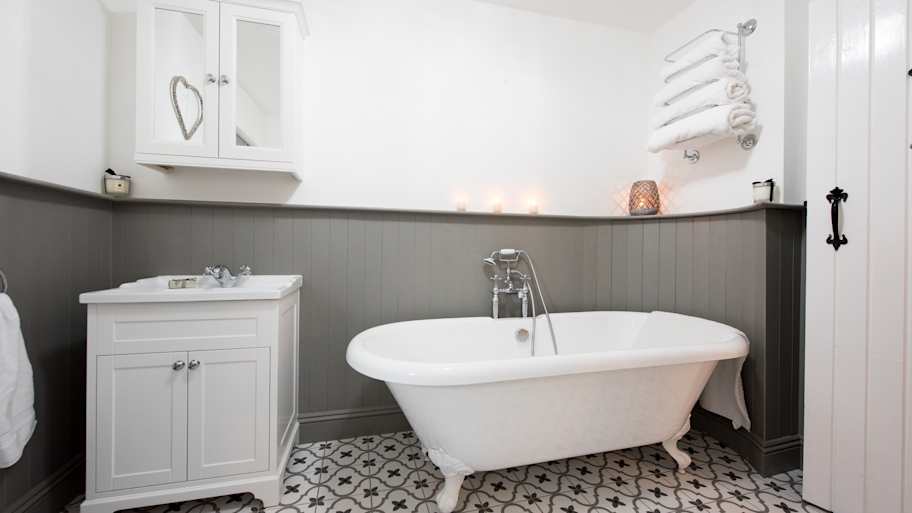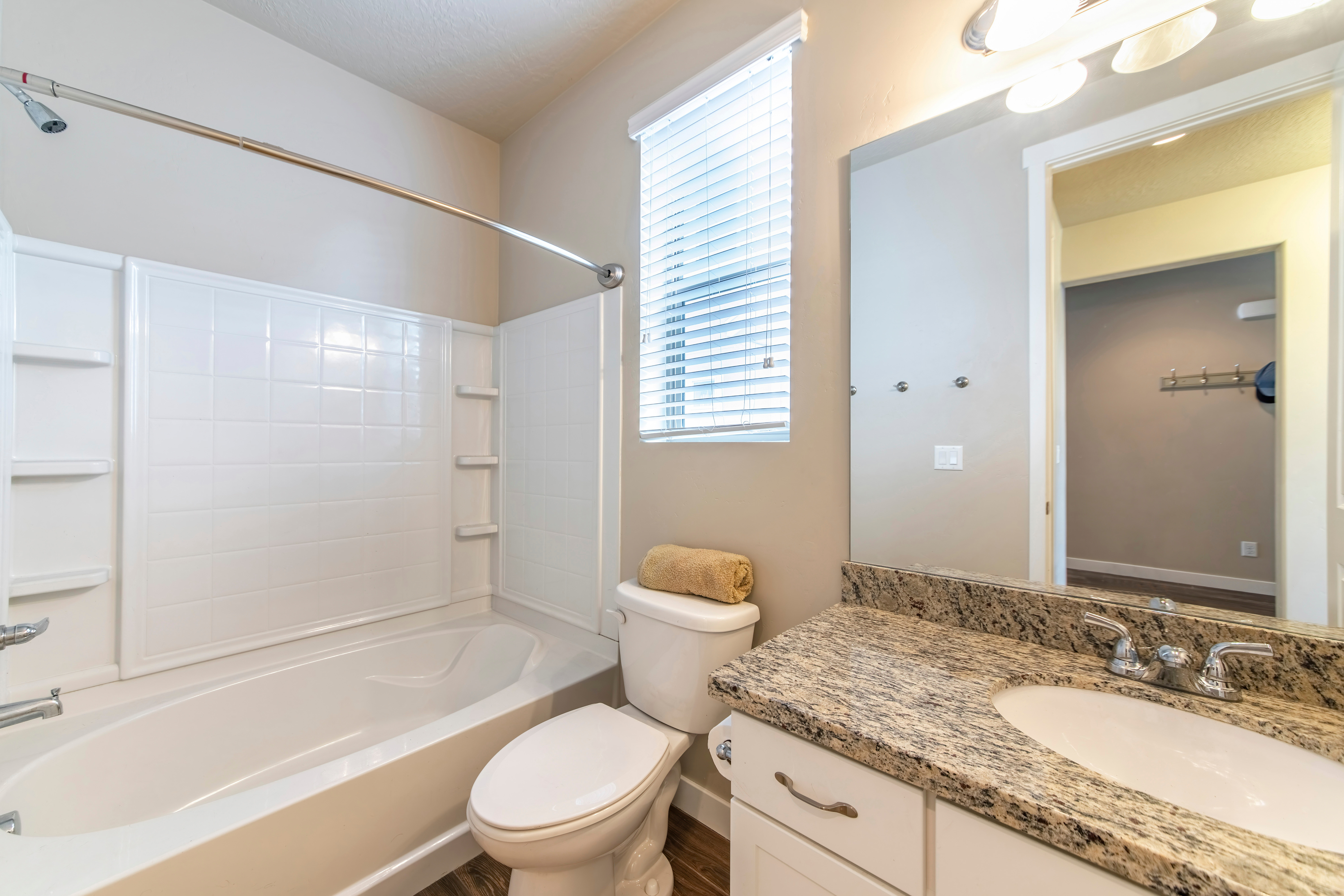
Bathtub refinishing costs are relatively inexpensive and can make your bathroom look like new. Our guide gives you the information to learn more about this process.
Cracks, chips, and scratches are no problem for a sink reglazing pro


If your sink has seen better days, it’s time to bring in the professionals. Depending on the type of damage, most homeowners choose between hiring a sink reglazing pro and a plumber to make sink repairs. This guide will show you who can repair your sink and what the process looks like.
A sink reglazing professional specializes in repairing chips, cracks, stains, burns, and peeling in sinks. Most commonly, they work with the types of sinks you can refinish, such as ceramic, porcelain, glass, fiberglass, cultured marble, and natural stone sinks. They may also be able to restore stainless steel and cast-iron sinks.
Here are some reasons to hire a sink reglazing professional near you:
Cost: In many cases, reglazing your sink costs less than replacing it. A pro can help you choose the most cost-effective repair. Sometimes, if your sink is at the end of its life span or has extensive damage, it’s better to install a new sink.
Quality: It’s difficult to apply a smooth coat of epoxy over a chip or crack. Refinishing a sink takes skill since glass and porcelain are prone to cracking. Pros know how to achieve a seamless look.
Expertise: Sink reglazing professionals have the expertise to troubleshoot problems. They understand the nuances of different materials—from porcelain and ceramic to glass and natural stone.
Preventing damage: Pros have the experience and knowledge to make repairs without damaging the sink or surrounding plumbing. The same cannot be said for a DIY job gone wrong, and if your sink is under warranty, it may not cover water damage from a DIY.
Guarantees and warranties: Most sink refinishing professionals offer warranties or guarantees for their work with anywhere from one to five years of coverage.
Handy homeowners can make minor repairs to their sinks. A DIY sink repair kit can fill small cracks and chips. You can purchase a sink refinishing kit for more extensive damage or difficult stains (often marketed as a tub and tile refinishing kit).
Though minor repairs are DIY-friendly, refinishing can be complicated. You can damage your sink, leading to a costly repair. Sometimes, if the damage is severe, opting for a sink replacement is the better option. In that case, hire a contractor who installs bathroom sinks and can get your new sink working properly.
Some homeowners decide to paint over bathroom fixtures as a short-term fix. This can conceal minor cracks and stains, but eventually, your sink will start to peel. Choose an epoxy-based paint for increased longevity. You can sometimes find these labeled as paint for tiles and countertops.

You can hire a plumber to repair a sink, but it depends on the problem. Plumbers only make plumbing repairs to the pipes, drains, and faucets, whereas sink reglazing professionals can repair damage to your actual sink basin (like cracks or chips in the porcelain). Common sink repair jobs for a plumber include:
Repairing leaky pipes and faucets
Unclogging drains
Replacing bathroom vanity tops
Replacing sinks, faucets, piping, and other plumbing elements
How a sink reglazing professional repairs a sink depends on the issues you’re having. They’ll make one of the following common repairs:
Repair chips, cracks, and scratches: Chips, cracks, and scratches are the most common type of sink damage. If the damage is minor, your contractor may patch the area using epoxy.
Remove stains and discoloration: Sometimes, staining results from burning from hot hair tools. Other times, it’s from rust or minerals in your water.
Refinish the sink: Sink refinishing costs $220 to $500 and involves sanding down the sink, priming the sink, and applying several coats of finish or epoxy.
Replace the sink: If you have several cracks or chips, your contractor may recommend replacing your sink. Sink installation costs $220 to $650, but luxury sinks with high-end materials cost more.
From average costs to expert advice, get all the answers you need to get your job done.

Bathtub refinishing costs are relatively inexpensive and can make your bathroom look like new. Our guide gives you the information to learn more about this process.

Find out how much it costs to refinish your porcelain sink and the factors that influence the final price to make it look like new, including size, type, and labor.

The short answer is yes, you can paint a fiberglass tub. But you need the right preparation and paint to transform your bathtub successfully.

Weighing the pros and cons of freestanding bathtubs? Learn the good, the bad, and the costs to decide which bathtub best fits your bathroom and budget.

Is bathtub refinishing worth it? Yes, it can breathe fresh life into your bathroom by making your tub look brand new. It can also save you hundreds of dollars.

Acrylic bathtubs are a common go-to, but are they right for your bathroom remodel? This guide breaks down the pros and cons of acrylic tubs.